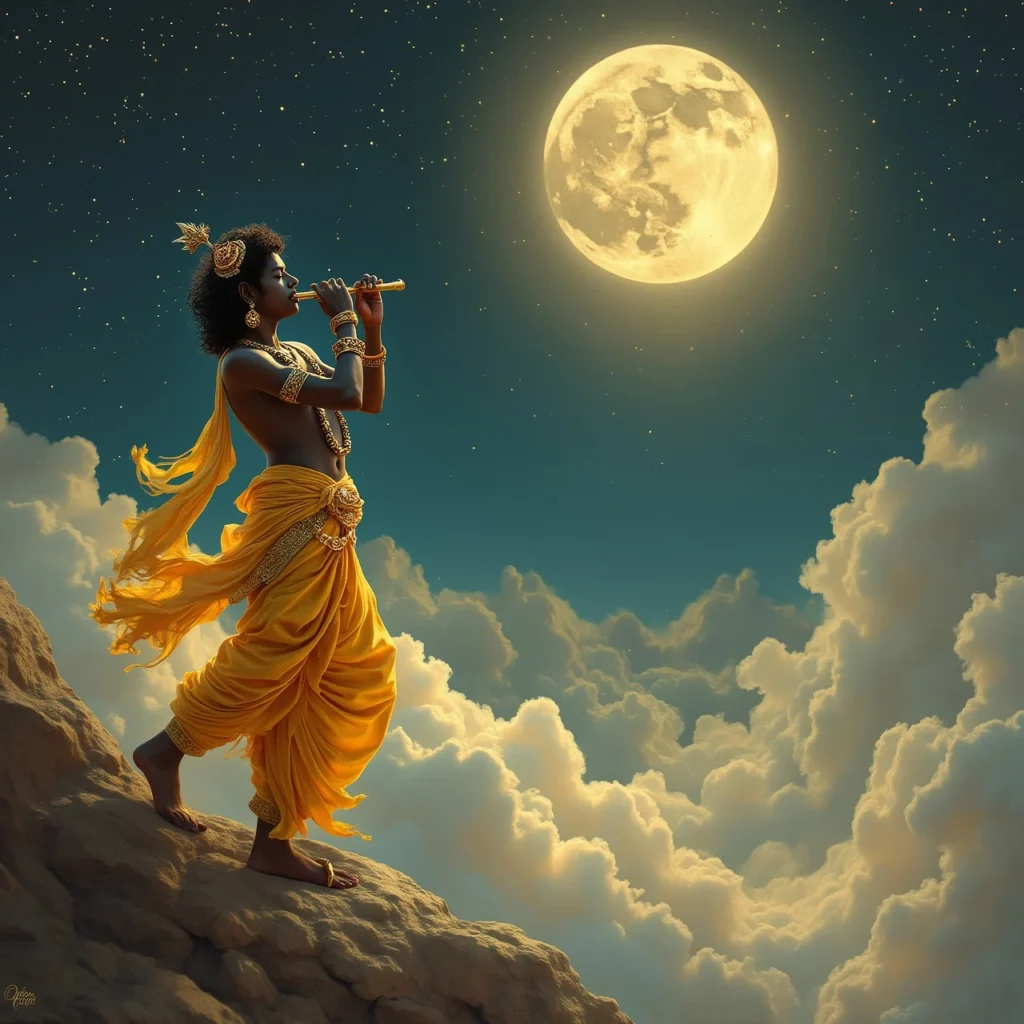Lord Krishna is one of the most cherished figures in Hindu mythology. Tales of his miraculous feats, from lifting mountains to dancing with countless devotees, have inspired generations. Krishna is often portrayed as a god, a playful child, a wise mentor, and a charismatic leader. While these stories are celebrated spiritually, looking at them through a logical lens offers fascinating insights into human ingenuity, leadership, and cultural storytelling.
Note: These interpretations are meant to explore cultural and logical perspectives of Krishna’s stories and are not intended to disrespect anyone’s beliefs.
Lifting Govardhan Hill
Story
One of the most famous episodes in Krishna’s life is when he lifted the entire Govardhan Hill on his little finger to protect the villagers of Vrindavan from torrential rains sent by the god Indra. For seven days and nights, Krishna held the mountain aloft, providing shelter to people, cattle, and homes.
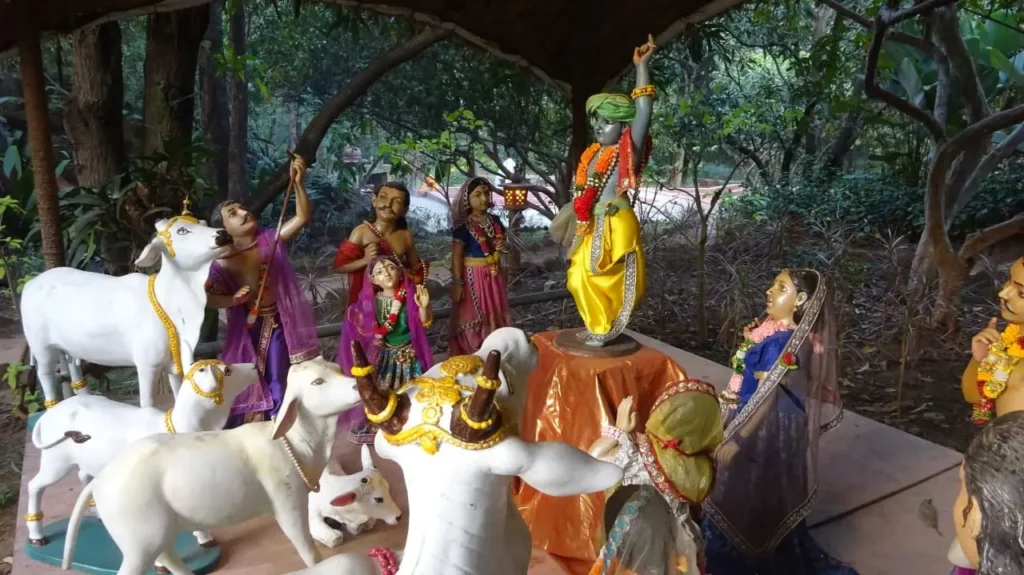
Cultural Significance
This story emphasizes Krishna’s role as a protector and the divine bond between humans, animals, and nature. The Govardhan Puja, celebrated during Diwali, honors this event and highlights environmental stewardship and community care.
Logical Perspective
In practical terms, this story could represent a smart flood-prevention strategy. Ancient villagers may have been guided to move livestock, grain, and possessions to higher ground near the hill. Krishna’s leadership in organizing the community could have been mythologized into literally lifting the hill. The exaggeration over generations turned a clever human action into a divine miracle, much like how folklore often magnifies heroic deeds.
Lesson
Leadership and quick thinking in the face of natural disasters can save lives. The story inspires community coordination and proactive planning.
Childhood Feats: Kaliya Snake and Butter Theft
Story
Krishna’s childhood is filled with playful adventures and bravery. He famously defeated Kaliya, a deadly serpent poisoning the Yamuna River, and was also known for stealing butter from villagers’ homes, earning him the nickname “Makhan Chor” (Butter Thief).
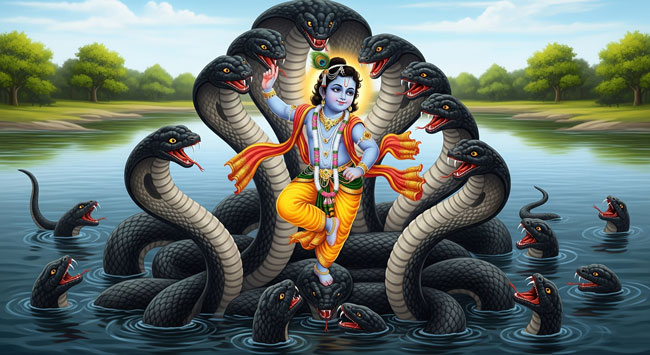
Cultural Significance
These stories celebrate curiosity, courage, and mischievous charm. They teach children the importance of courage and cleverness, while also adding a light-hearted, human touch to Krishna’s divine persona.
Logical Perspective
These tales may symbolize a smart, agile, and courageous child who could avoid real dangers and outwit people. Kaliya, the serpent, might have been a real threat to children or villagers. Stealing butter, on the other hand, could highlight Krishna’s playful intelligence, problem-solving skills, and social cleverness. Over time, these stories grew into legends portraying him as superhuman, reflecting the way societies often mythologize exceptional children.
Lesson
Bravery, cleverness, and resourcefulness are qualities to admire, and a playful spirit can coexist with wisdom.
Defeating Demons
Story
Krishna is said to have defeated numerous demons, including Putana, Trinavarta, and Bakasura, sent by those who wanted to harm him. Each demon attack highlights his courage and ability to protect his community from danger.
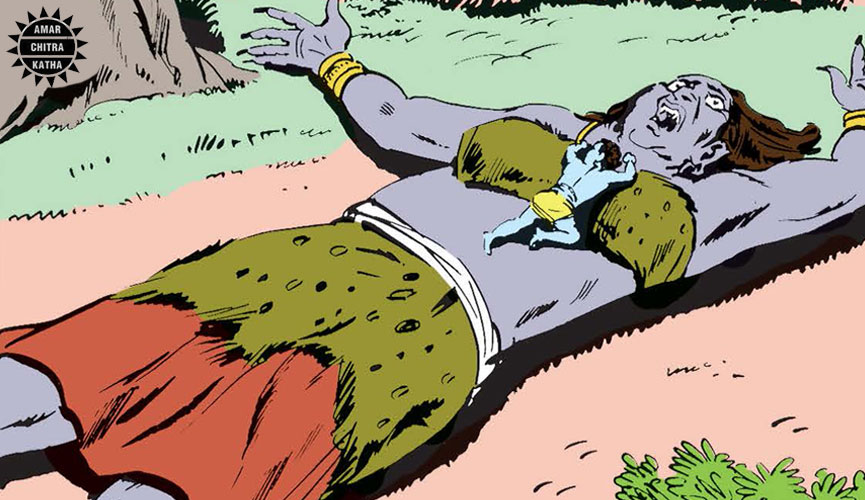
Cultural Significance
The tales of Krishna defeating demons symbolize the eternal battle between good and evil. They inspire moral courage, resilience, and determination to overcome challenges.
Logical Perspective
These demons could have been real threats, diseases, rival tribes, or dangerous animals. Villagers may have dramatized these dangers into “demons” in storytelling, making Krishna’s victories seem miraculous. Such exaggerations helped communities remember and pass down lessons about courage, vigilance, and moral integrity.
Lesson
Facing challenges with courage, intelligence, and strategy is crucial. Even seemingly insurmountable obstacles can be overcome with clever thinking.
Rasa Leela: Dancing with the Gopis
Story
The Rasa Leela is the legendary dance Krishna performed with the cowherd women, or gopis. According to the stories, he magically multiplied himself so each gopi could dance with him simultaneously.
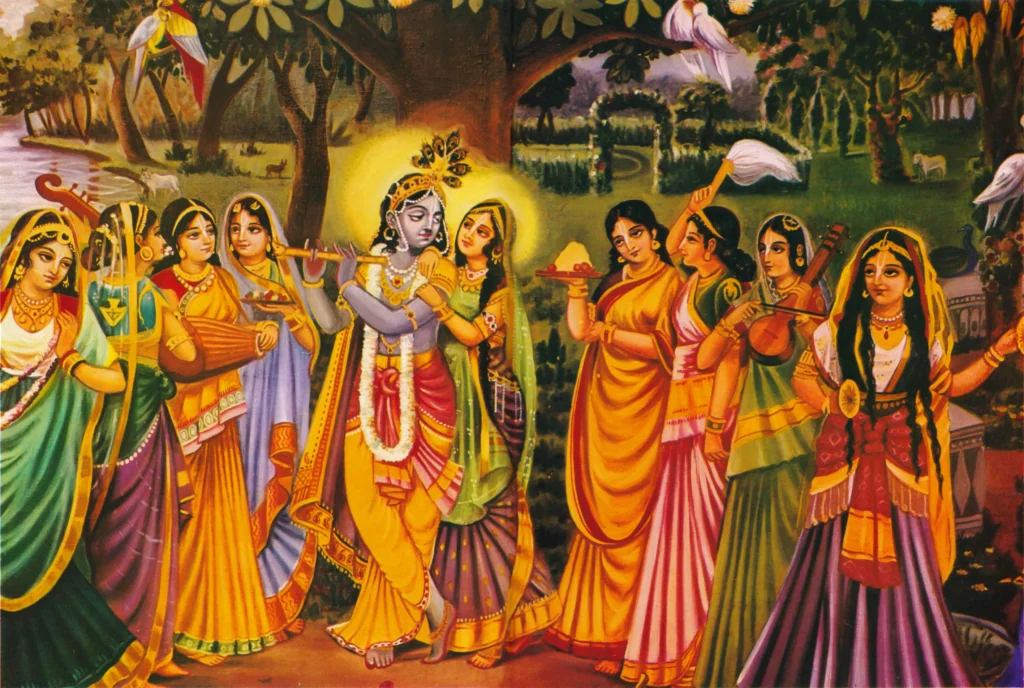
Cultural Significance
The Rasa Leela symbolizes love, devotion, and the joy of community gatherings. It also represents the spiritual union between the divine and humans in the Bhakti tradition. Festivals like Holi and Janmashtami celebrate these stories with music, dance, and devotional practices.
Logical Perspective
While the story sounds miraculous, it could reflect Krishna’s extraordinary charisma, charm, and leadership. Social gatherings, dance rituals, and communal celebrations may have been magnified into magical storytelling. The emphasis on multiplicity could symbolize inclusivity Krishna connecting with everyone individually while leading the community as a whole.
Lesson
Charisma, empathy, and social intelligence are powerful tools. Stories of divine charm can inspire real-world leadership and relationship-building.
Mahabharata Events: Guiding Arjuna
Story
Krishna played a central role in the Mahabharata, guiding Arjuna on the battlefield and delivering the Bhagavad Gita, a philosophical text containing profound spiritual and ethical teachings.
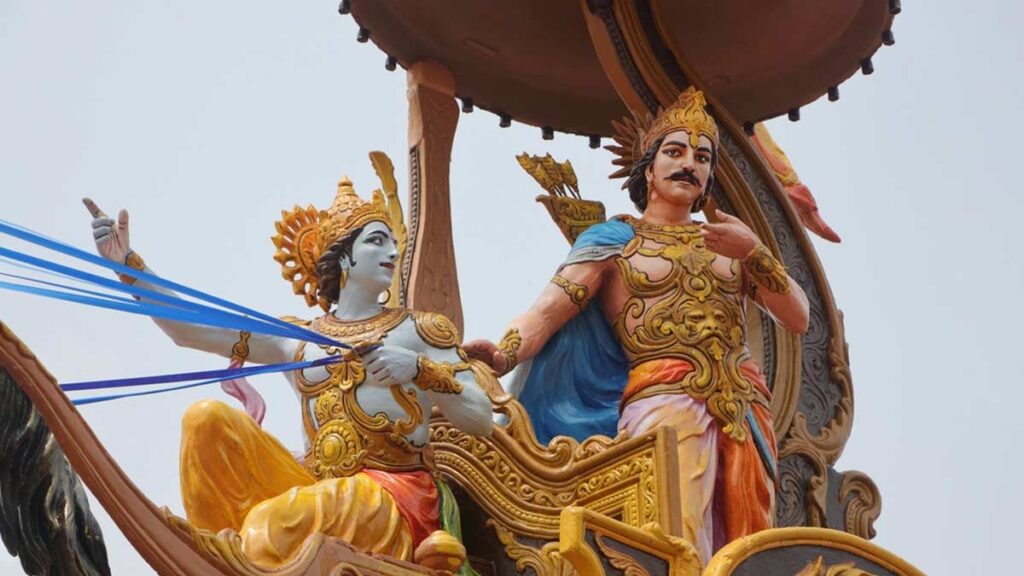
Cultural Significance
Krishna’s counsel emphasizes dharma (righteousness), moral decision-making, and the balance between action and detachment. The Bhagavad Gita remains one of the most influential spiritual texts in the world.
Logical Perspective
Krishna’s role as a strategist, mentor, and advisor is entirely plausible. His guidance demonstrates intelligence, ethical reasoning, and tactical brilliance. Depicting him as a god may have been a way to highlight the importance of these teachings and ensure they were respected and remembered.
Lessons from Krishna’s Stories
Leadership and Community: Organizing and protecting others is a hallmark of good leadership.
Bravery and Courage: Facing danger with intelligence and resilience inspires others.
Wisdom and Mentorship: Guidance and ethical decision-making leave a lasting impact.
Creativity and Playfulness: Cleverness and a playful spirit make life enjoyable and meaningful.
Cultural Wisdom: Myths convey values, traditions, and social cohesion, even when exaggerated.
Summary
Krishna’s stories blend mythology, history, and cultural values. Viewed logically, they highlight human ingenuity, courage, and wisdom while preserving spiritual and moral lessons. These tales continue to inspire millions, reminding us that extraordinary qualities such as bravery, leadership, cleverness, and moral clarity exist in the everyday world. Myth and reality coexist, making Krishna not just a divine figure but a symbol of human potential and cultural wisdom.
FAQs
Are these interpretations disrespectful?
No, they explore cultural and logical perspectives without mocking or insulting beliefs.
Can Krishna’s stories have a historical basis?
Many scholars believe some events may reflect real historical figures or clever problem-solving, later mythologized over centuries.
Why are Krishna’s miracles exaggerated?
Ancient societies often amplified heroic deeds to convey moral, spiritual, or social lessons effectively.
What is the relevance of these stories today?
They teach leadership, courage, intelligence, creativity, and ethical decision-making, which remain valuable in modern life.
